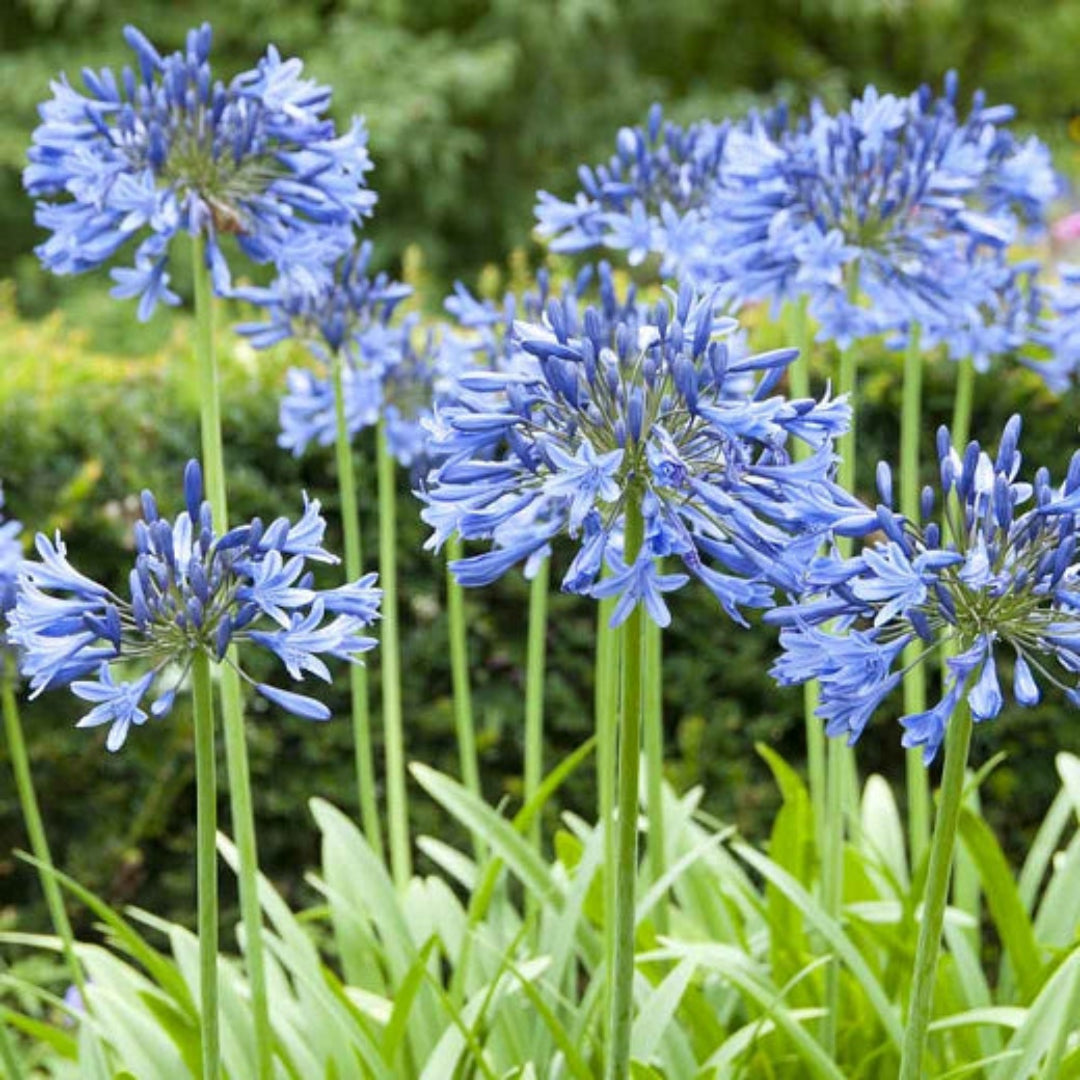Mastering the Art of Agapanthus Care: Important Steps for Healthy Development and Lively Blossoms
In the realm of gardening, the cultivation of agapanthus stands as a rewarding venture for those that seek to nurture these sophisticated flowering plants. From choosing the right range to mastering trimming methods, the trip in the direction of growing thriving agapanthus plants is diverse and holds the key to opening the complete possibility of these botanical treasures.

Selecting the Right Agapanthus Selection

When choosing the ideal Agapanthus range for your yard, take into consideration aspects such as environment suitability, flower color, and development behavior. In addition, think about the climate in your area to make sure the Agapanthus selection you pick can grow in your details problems. Understanding the development habit of various Agapanthus varieties is essential for correct placement within your garden.
Suitable Planting Conditions
Taking into consideration the optimum ecological requirements is vital for effective Agapanthus cultivation. Agapanthus plants are sensitive to chilly temperature levels and should be safeguarded from frost throughout wintertime months.
To make sure healthy and balanced development and vivid blooms, plant Agapanthus bulbs at a deepness of concerning 2-4 inches and area them 8-12 inches apart. Adding natural issue, such as garden compost, to the dirt can enhance drain and fertility, promoting durable origin growth. Mulching around the base of the plants assists retain wetness and suppresses weed growth. Regular watering is critical, especially during the expanding period, to maintain the dirt regularly wet however not soaked.
Watering and Fertilizing Tips
Maintaining appropriate moisture levels and giving necessary nutrients are essential components in the care routine for Agapanthus plants. When it comes to watering Agapanthus, it is essential to strike a balance. These plants favor regularly wet soil yet are vulnerable to root rot if overwatered.
Feeding Agapanthus is vital for advertising healthy development and prolific blooms. Apply a well balanced plant food, such as a 10-10-10 formula, in the very early spring as brand-new development arises. Repeat this application every 6-8 weeks throughout the expanding season. Prevent additional info excessive fertilization, as it can result in lush foliage at the expenditure of blossoms. Always comply with the supplier's guidelines for proper dilution and application techniques. By adhering to these watering and fertilizing tips, you can guarantee your Agapanthus plants prosper and produce dynamic, long-lasting flowers.
Trimming Methods for Agapanthus
Trimming Agapanthus plants at the ideal times and with correct methods is vital for keeping their health and promoting ideal growth and blooming. The perfect time to trim Agapanthus is in late winter season or early spring prior to brand-new growth arises.
Deadheading spent blossoms can likewise redirect the plant's energy into producing even more blossoms instead than setting seeds. If you desire to accumulate seeds for breeding, leave some blossoms to completely dry and mature on the plant.
Remember to make use of clean, sharp tools to make accurate cuts and reduce the risk of introducing diseases. Agapanthus. Normal trimming will certainly help maintain your Agapanthus looking healthy and neat while guaranteeing an abundant display screen of beautiful blooms
Managing Common Pests and Conditions
After ensuring appropriate trimming methods for Agapanthus, it is important look at this web-site to address usual bugs and illness that can influence the wellness and vitality of these plants. Agapanthus plants are generally hardy however can still drop victim to certain problems. One typical parasite that impacts Agapanthus is the Agapanthus gall midget. This small, orange fly lays its eggs in the vegetation, leading to altered development and flower buds that fall short to open. To battle this bug, trim and damage any kind of affected plant parts and think about utilizing insecticidal soap.
Additionally, Agapanthus plants can endure from origin rot if they are grown in improperly draining dirt. By being cautious and taking timely action versus insects and diseases, you can help your Agapanthus plants flourish and produce dynamic blossoms. Agapanthus.

Verdict
In conclusion, mastering the art of agapanthus care involves selecting the ideal range, supplying excellent growing conditions, appropriate watering and feeding, proper trimming methods, and resolving common bugs and conditions. By adhering to these crucial actions, you can ensure healthy development and vivid blooms for your agapanthus plants. Keep in mind to regularly monitor and keep your plants to advertise their general health and longevity.
To ensure healthy and balanced development and dynamic flowers, plant Agapanthus bulbs at a depth of regarding 2-4 inches and area them 8-12 inches apart. By complying with these watering and fertilizing pointers, you can ensure your Agapanthus plants prosper and produce lively, resilient flowers.
One click here to read common bug that affects Agapanthus is the Agapanthus gall midge. In addition, Agapanthus plants can experience from root rot if they are grown in inadequately draining pipes soil. By adhering to these necessary steps, you can ensure healthy and balanced growth and vivid flowers for your agapanthus plants.